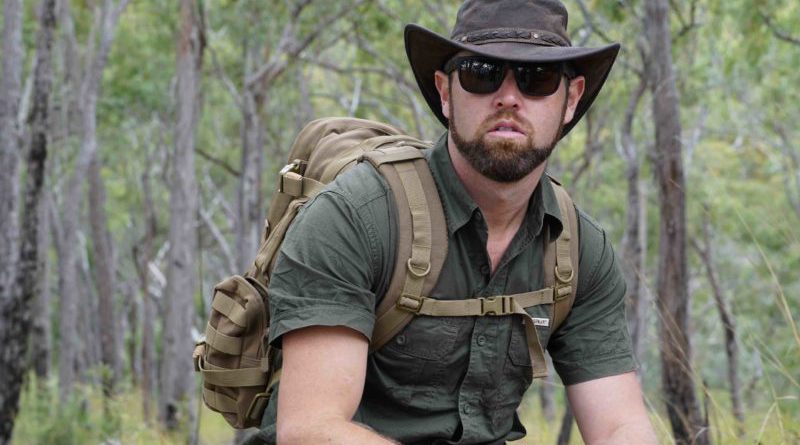INTERVIEW: This wildlife biologist wants to know: Is it ‘Extinct or Alive’?
Photo: Forrest Galante is the host of Extinct or Alive, a new series on Animal Planet. Photo courtesy of Animal Planet / Provided with permission.
Forrest Galante is an optimistic wildlife biologist. He has to be optimistic in order to search for species believed to be extinct on Planet Earth. His adventures, which turn up many surprises, are the subject of the new Animal Planet series Extinct or Alive, which premieres new episodes Sundays at 9 p.m.
“The truth is I specialize in finding and working with very rare and elusive wildlife, and I have done this as a biologist for a long time,” Galante said in a recent phone interview. “It’s all I wanted to do from when I was a little kid, and so I started doing all these pretty crazy biological things. And that caught the attention of several news outlets around the world, from working with rare sharks to being bitten by venomous snakes and stung by sting rays and all this different kind of stuff, and then one day kind of randomly I met a producer who had a rough idea of something along the lines of what our show is today. [The producer] said, ‘Man, this is so cool, and you’re so good at this stuff. Would you mind doing it?’ So him and I together came up with the whole concept and how it would work.”
Galante said that confidence is an attribute he has never lacked, and he needs that confidence when looking for these animals, many of which biologists believe should be in the history books. As far as the skeptics, the new TV host said it’s a big world, and it’s even hard to find common animals among the forests, valleys, oceans and jungles. He gave an example of coyotes in Central Park in New York City. They might be there, but the vast majority of New Yorkers have never seen one.
“I always had a bit of doubt just knowing what a needle in a haystack it was, but at the same time, I’ve always had confidence,” he said. “I’ve always had a knack for things like this and have a pretty unique skill set when it comes to tracking wildlife, so I had confidence. I was excited by it, but I was certainly intimidated by the size of the challenge.”
Galante said he doesn’t throw a dart at a dartboard to figure out which animals he should investigate. Before he puts boots on the ground, he pores over the research, eyewitness testimonies and biological history. He wants to know about prey populations and viability. Essentially he wants to prove to himself that it’s possible.
“We base it on viability, so as a scientist, I look at all of the clues, if you will, to tell me whether or not I think there’s the option for the animal to exist,” he said. “Is there enough habitat? Is there enough prey resources? Is the area protected or poached? Is it remote enough? Are there reported sightings? … A lot of that is research, not just reading papers and on the Internet, but rather communicating with people in the area. And sometimes there’s language barriers and things of that nature. … I mean, you’re talking about six months of research leading up to a single expedition just to figure out whether or not the expedition itself is viable, whether there’s any hope or it’s a total wild goose chase.”
So far on Extinct or Alive, Galante has searched for the Zanzibar leopard and Madagascar’s pachylemurs. On the June 24 episode, he is on the hunt for a white wolf in Newfoundland, Canada.
“What happened in Newfoundland, there was a bounty placed on wolves,” he said. “They were completely eradicated, and then in 2012, a hunter actually shot a wolf in Newfoundland thinking it was a giant coyote. And that spurred all kinds of crazy theories, rumors, etc., but it was genetically [determined] to be a wolf. Now it wasn’t the Newfoundland wolf. It was a gray wolf that had come across on a ice land bridge, but just several months earlier, they caught a white wolf on trail camera.”
Galante also previewed upcoming episodes of Extinct or Alive, and it seems like he has accomplished a bit of globe-trotting. “The next one is the Florida black wolf,” he said. “That one is a little confusing. Then we have a Javan tiger. I return to Australia for my second time to search for the Tasmanian tiger, go to Taiwan for the Formosan clouded leopard, and finally at the end of the season we go trailing through the North Atlantic looking for a giant penguin-like bird called the great auk.”
In other words, Galante is not convinced these species are meant for the history books.
By John Soltes / Publisher / John@HollywoodSoapbox.com
Extinct or Alive continues with new episodes Sundays at 9 p.m. on Animal Planet. Click here for more information.

